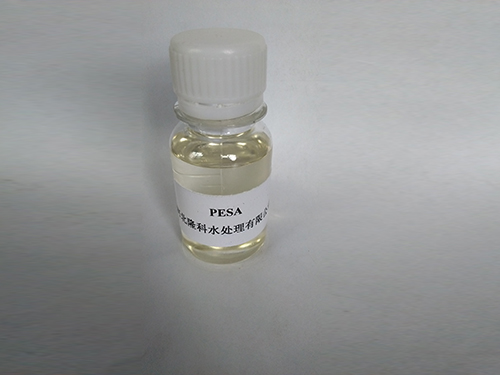Exploring the Impact of Coagulants and Flocculants on Water Treatment Efficiency and Performance
The Role of Coagulants and Flocculants in Water Treatment
Water treatment is a critical process for ensuring the purity and safety of water used for drinking, industrial, and agricultural purposes. Among the various methods employed in water purification, the use of coagulants and flocculants plays a pivotal role. These chemical agents work together to remove impurities from water, enhancing its clarity and making it suitable for consumption or other uses.
Understanding Coagulants and Flocculants
Coagulants are substances that promote the agglomeration of fine particles in water, leading to the formation of larger particles, known as flocs. This process is essential in the initial stages of water treatment, as it helps to destabilize suspended particles, such as dirt, organic matter, and microorganisms. Commonly used coagulants include aluminum sulfate (alum), ferric chloride, and polyaluminum chloride. These agents function by neutralizing the negative charges of suspended particles, causing them to clump together.
Flocculants, on the other hand, are substances that facilitate the aggregation and settling of these larger flocs formed by the coagulants. Flocculants are typically polymers that help bind the flocs together, making them heavy enough to settle at the bottom of a treatment tank, where they can be easily removed. Cationic, anionic, and non-ionic polymers are among the types of flocculants used in water treatment processes.
The Treatment Process
The treatment process involving coagulants and flocculants generally consists of several key steps coagulation, flocculation, sedimentation, and filtration. Initially, during the coagulation phase, coagulants are added to the water, where they mix thoroughly with the impurities. As the particles begin to clump together, they form larger aggregates.
coagulant flocculant

Following coagulation, the water undergoes flocculation, where the addition of flocculants helps to further increase the size and weight of the flocs. This process often involves gentle mixing or stirring, allowing the flocs to bond before they settle out of the solution.
Once the flocs have formed and the flocculation process is complete, the mixture is allowed to sit, permitting sedimentation to occur. The larger flocs sink to the bottom of the treatment tank, where they can be collected and disposed of, while the clear water remains at the top. This clarified water can then proceed to filtration, where any remaining impurities are removed, ensuring that the water meets safety standards.
Environmental Considerations
While the use of coagulants and flocculants is effective in water treatment, environmental implications must be considered. The residual chemical agents left in the treated water can pose challenges if not managed properly. Hence, regulations and guidelines have been established to minimize the impact of these chemicals on the environment.
Moreover, the choice of coagulants and flocculants can affect not only the efficacy of water treatment but also the sustainability of the process. For instance, there is a growing interest in exploring biodegradable and environmentally friendly alternatives to traditional chemical agents.
Conclusion
In conclusion, the roles of coagulants and flocculants in water treatment are indispensable to achieving clean and safe water. By effectively removing impurities through coagulation and flocculation processes, these chemical agents contribute significantly to public health and environmental sustainability. As the demand for clean water continues to grow, ongoing research and innovation in this field remain crucial, ensuring that we have access to safe drinking water without compromising the environment. The continuous development of new materials and techniques will pave the way for more efficient and eco-friendly water treatment practices in the future.
-
Water Treatment with Flocculant Water TreatmentNewsJun.12,2025
-
Polymaleic AnhydrideNewsJun.12,2025
-
Polyaspartic AcidNewsJun.12,2025
-
Enhance Industrial Processes with IsothiazolinonesNewsJun.12,2025
-
Enhance Industrial Processes with PBTCA SolutionsNewsJun.12,2025
-
Dodecyldimethylbenzylammonium Chloride SolutionsNewsJun.12,2025





